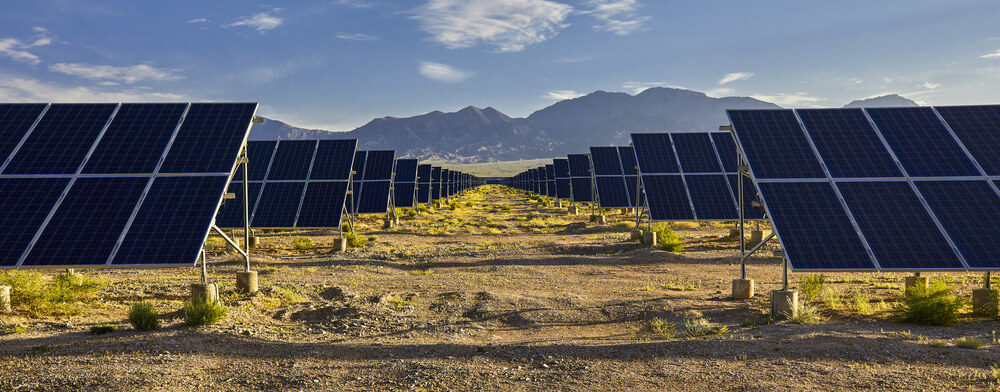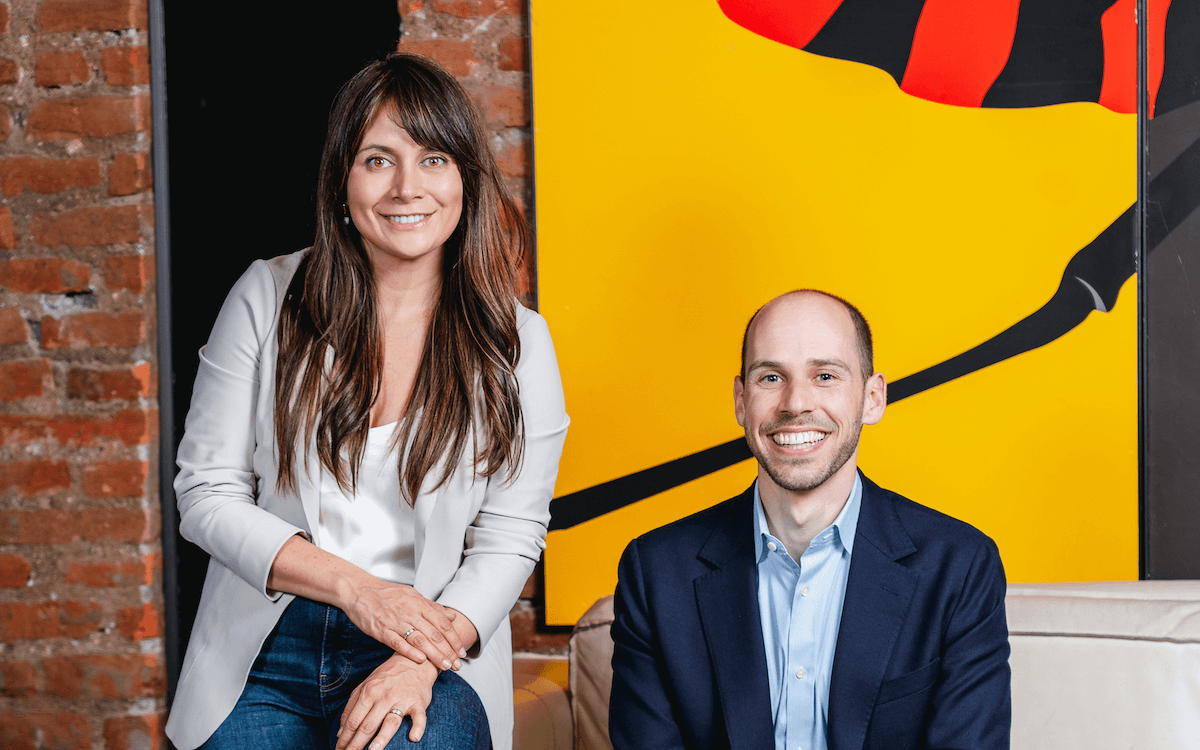ImpactAlpha, May 14 – It takes a village to light a village.
Off-grid solar ventures last year provided improved energy access to an estimated 73 million households, or about 360 million people. That’s a good start on meeting the U.N.’s Sustainable Development Goal No. 7 – providing access to clean energy by 2030 for the more than one billion people worldwide who still lack electricity.
The increasingly robust off-grid solar market is looking like a textbook example of the impact of catalytic capital from foundations, wealthy individuals and even corporations such as Facebook in unlocking finance for market-based solutions to global challenges.
Some of those investors, including the Rockefeller Foundation’s Rajiv Shah, the Packard Foundation’s Carol Larson, the Kresge Foundation’s Rip Rapson and the MacArthur Foundation’s Julia Stasch, will discuss the role of catalytic capital in a plenary at this week’s Mission Investors Exchange conference in Chicago.
>>MORE: Mission Forward: Foundation leaders meet to talk place, race and impact
In a key milestone of market development, debt capital for off-grid solar deployment last year exceeded more expensive equity financing for the first time. Debt financing increased to $173 million from $125 million in 2016 and only $24 million in 2014, while equity financing actually declined.
“There is a lending gap especially, much more so than equity,” Susan Phinney Silver, the Packard Foundation’s director of mission investing, told ImpactAlpha. “It is clear to us that early-stage solar companies have a role to play in the fight against climate change, but are having trouble attracting capital to grow.”
Risk layers
Solar-energy providers in emerging and frontier markets need working capital to finance inventories and extend credit to customers, but commercial banks still generally consider such loans too risky. Starting to fill the gap is a new crop of financial intermediaries, including SunFunder, responsAbility’s Energy Access Fund, SIMA, Global Partnerships, Oikocredit and Developing World Markets.
“Banks are less familiar with the off-grid solar sector, so they either won’t lend to solar companies at all, or they take a long time and require significant amounts of collateral and guarantees to back the loan,” said Ryan Levinson, SunFunder’s CEO.
SunFunder has raised more than $62 million since 2012. The company says it has made more than 100 loans to 37 solar companies, helping provide energy-access to more than three million people, primarily in sub-Saharan Africa.
In a recent report, the firm details the terms of financing provided by a range of investors, including the Packard, Rockefeller and DOEN foundations, as well as wealthy individuals and development-finance institutions such as the Overseas Private Investment Corp.
The takeaway: “Investors that take first-loss layers in structured funds can unlock multiples of their own investment.”
SunFunder’s first $450,000, in 2012, came from more than a thousand unaccredited investors, which enabled it to make early loans to off-grid pioneers like SolarNow, Fenix and SunnyMoney. The next year it raised another $250,000, half from the DOEN Foundation in the Netherlands, and backed another early entry, BBOXX.
>>MORE: BBOXX adds crowdfunding to its financing toolkit
A key breakthrough came in 2014, when SunFunder raised $1.1 million in two-year notes. A wealthy investor backed most of a 15% first-loss layer that provided partial protection for other investors (and generated a higher return). The next year, the DOEN Foundation invested $500,000 in the first-loss layer, helping bring in $2 million from Calvert Impact Capital. That helped establish a lending facility for d.light, one of the largest off-grid energy providers.
Facebook’s first investment, in 2016, was also intended to reduce risks and crowd in other investors. The capital came in the form of a grant, but with a twist: the returns were slated as risk-reduction for future funds. Facebook’s capital helped bring in more than two dozen mezzanine investors at terms in the mid-range of risk and returns. That, in turn, enabled Packard to commit $3.5 million as a lower-risk senior lender.
Catalytic capital
Facebook, along with the Rockefeller Foundation, provided first-loss “junior” capital for SunFunder’s $47 million “Beyond the Grid” fund, its largest to date. That fund includes OPIC as well as Dutch and Belgian development-finance institutions, Baldwin Brothers and MCE Social Capital. SunFunder’s report says the first-loss capital from Facebook and Rockefeller helped bring in 11 times the investment in additional capital.
“Our experience with SunFunder shows that catalytic capital can enable greater commercial investment into energy access,” Facebook’s manager of energy access, Dimitry Gershenson, said in a statement. Grants or junior investments in financing intermediaries, he said, “can have significant multiplier effects and bring the sector closer to a sustainable commercial model.”
Investments from the Packard Foundation, which has committed a total of $6.5 million, were catalytic in a different way. The foundation’s 1% loan, alongside another “program-related investment” from the Leonardo DiCaprio Foundation and Facebook’s revolving grant, allowed SunFunder to offer higher returns to other investors and move closer to a full commercial model.
“The core of our work is to make an impact. It is to create pathways for others to participate in the [initiatives] we see as valuable,” Phinney Silver says. “Investments can do that in a way that grants cannot. The rigor of investing can be catalytic in helping innovations get to scale.”
SunFunder is now raising a $100 million “Solar Energy Transformation Fund,” with layers for investors with a range of risk-return profiles.
The growth of the off-grid solar market presents new challenges. Larger loans sizes have attracted new lenders. Some of the same development-finance institutions that invested in SunFunder are now making loans directly — at lower interest rates than SunFunder itself. SunFunder wouldn’t name the lenders, but the report notes, “In several cases, SunFunder has been squeezed out of deals with solar companies,” by development-finance institutions, “on more than one occasion by institutions that had also invested in SunFunder’s debt funds.”
–– Additional reporting by Jessica Pothering












